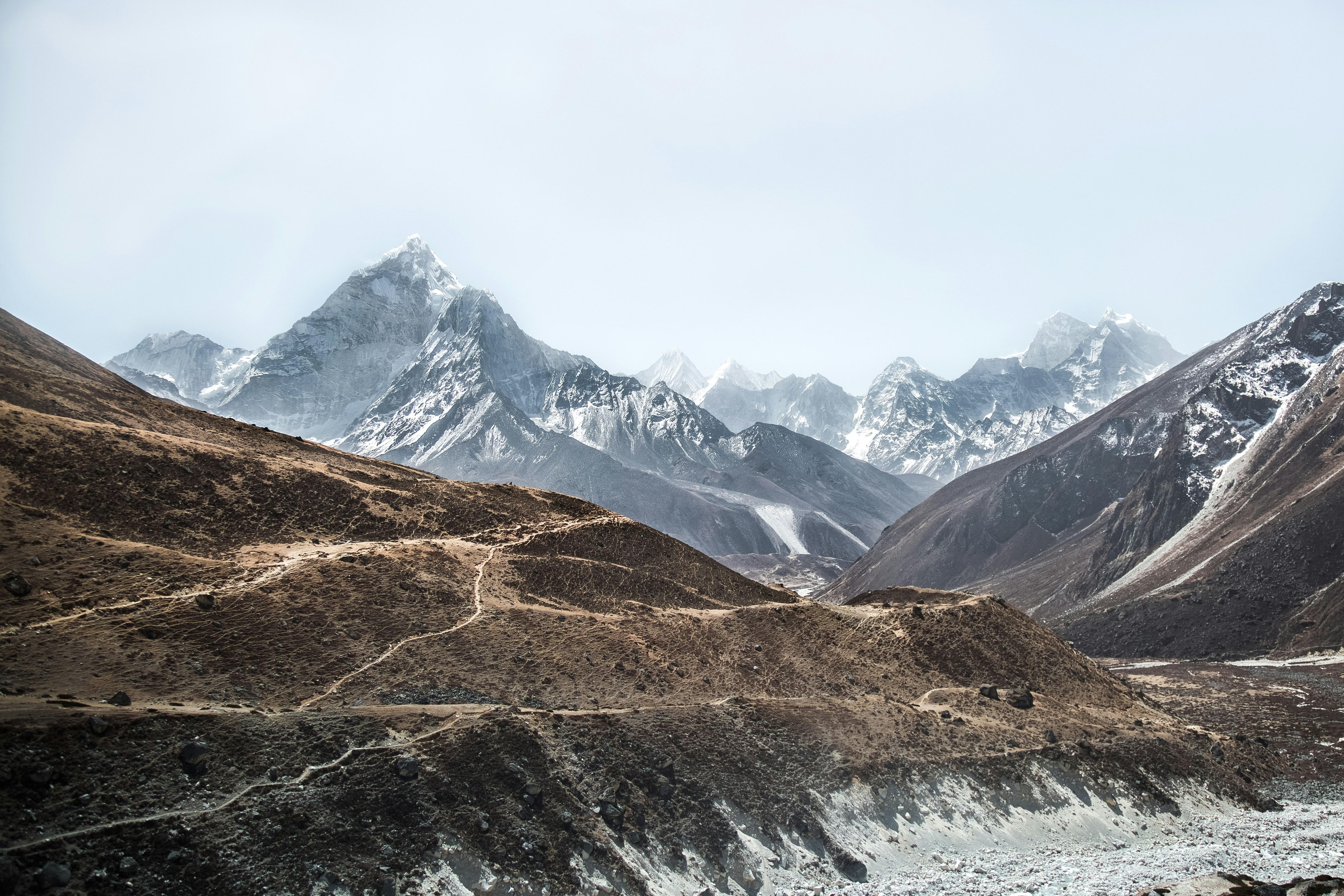Manaslu Trek Guide: Discover Nepal's Hidden Gem

The Manaslu Trek, located in the heart of the Nepalese Himalayas, provides an adventurous adventure through inaccessible landscapes, rich cultural experiences, and stunning views of Mount Manaslu, the world's eighth-highest peak. The Manaslu Trek, while often overshadowed by the more famous Everest and Annapurna treks, is a hidden gem for those looking for a one-of-a-kind, less crowded trekking experience. This book will present you with all of the necessary information to go on this remarkable journey.
Overview of the Manaslu Trek
The Manaslu Trek is a circuit trek that circles Mount Manaslu, offering stunning views of the peak and the surrounding mountains. The trek spans approximately 177 kilometers (110 miles) and typically takes around 14 to 18 days to complete, depending on your pace and the itinerary you choose. The trek is known for its diverse landscapes, from lush subtropical forests to high-altitude deserts, and its rich cultural heritage.
Best Time to Trek
The best seasons to embark on the Manaslu Trek are:
-
Autumn (September to November): This is the peak season for trekking in Nepal. The weather is generally clear, with stable temperatures and excellent visibility. The autumn foliage adds a beautiful touch to the landscape.
-
Spring (March to May): Spring offers mild weather, blooming flowers, and clear skies. It's a great time for trekking, as the temperatures are pleasant and the trails are less crowded than in autumn.
Avoid the summer monsoon season (June to August) and the winter months (December to February) due to heavy rain and snow, which can make the trails slippery and dangerous.
Highlights of the Trek
-
Scenic Beauty: The trek offers awe-inspiring views of Mount Manaslu (8,163 meters) and its surrounding peaks, including the Ganesh Himal and Annapurna ranges. The trail also passes through picturesque valleys, lush forests, and serene lakes.
-
Cultural Experience: The Manaslu region is home to a diverse mix of ethnic communities, including the Gurung, Tibetan, and Sherpa people. You’ll have the opportunity to explore traditional villages, visit ancient monasteries, and experience local customs and hospitality.
-
Manaslu Base Camp: A highlight of the trek is reaching the Manaslu Base Camp, where you’ll be surrounded by stunning mountain views and the opportunity to immerse yourself in the high-altitude environment.
-
Larkya La Pass: One of the trek’s most challenging yet rewarding sections, the Larkya La Pass (5,160 meters) offers panoramic views of the Himalayas and a sense of accomplishment as you cross one of the highest trekking passes in the region.
Trek Itinerary
Here’s a sample itinerary for the Manaslu Trek:
Day 1: Drive from Kathmandu to Soti Khola (710 meters)
Day 2: Trek from Soti Khola to Machha Khola (869 meters)
Day 3: Trek from Machha Khola to Jagat (1,340 meters)
Day 4: Trek from Jagat to Deng (1,860 meters)
Day 5: Trek from Deng to Namrung (2,630 meters)
Day 6: Trek from Namrung to Samagaon (3,530 meters)
Day 7: Acclimatization day in Samagaon
Day 8: Trek from Samagaon to Manaslu Base Camp (4,800 meters)
Day 9: Trek from Manaslu Base Camp to Samdo (3,860 meters)
Day 10: Trek from Samdo to Dharmasala (4,460 meters)
Day 11: Cross Larkya La Pass to Bimthang (3,590 meters)
Day 12: Trek from Bimthang to Tilije (2,300 meters)
Day 13: Trek from Tilije to Tal (1,700 meters)
Day 14: Trek from Tal to Syange (1,100 meters)
Day 15: Drive from Syange to Kathmandu
Preparation and Tips
-
Physical Fitness: The Manaslu Trek involves significant elevation gain and challenging terrain. Ensure you are physically prepared by engaging in regular cardiovascular and strength training exercises before your trek.
-
Permits: The trek requires several permits, including the Manaslu Conservation Area Permit (MCAP) and the Annapurna Conservation Area Permit (ACAP). Make sure to obtain these permits in advance through a registered trekking agency.
-
Acclimatization: To minimize the risk of altitude sickness, take your time to acclimatize at higher altitudes. It’s essential to follow a gradual ascent and stay hydrated.
-
Packing: Pack essential trekking gear, including warm clothing, waterproofs, a good-quality sleeping bag, trekking poles, and a first-aid kit. Don’t forget to bring sun protection and snacks for energy.
-
Guide and Porters: Although the Manaslu Trek is less crowded, having a knowledgeable guide and porters can enhance your experience and ensure safety. They can assist with navigation, provide local insights, and help with carrying your gear.
Conclusion
The Manaslu Trek is a remarkable adventure that offers a blend of stunning natural beauty, cultural richness, and physical challenge. As one of Nepal’s less-traveled trekking routes, it provides a unique opportunity to explore the Himalayas away from the crowds. With proper preparation and an adventurous spirit, the Manaslu Trek promises an unforgettable journey through one of Nepal’s most captivating regions.
- Art
- Causes
- Crafts
- Dance
- Drinks
- Film
- Fitness
- Food
- Games
- Gardening
- Health
- Home
- Literature
- Music
- Networking
- Other
- Party
- Religion
- Shopping
- Sports
- Theater
- Wellness
- IT, Cloud, Software and Technology


